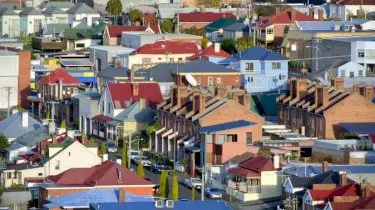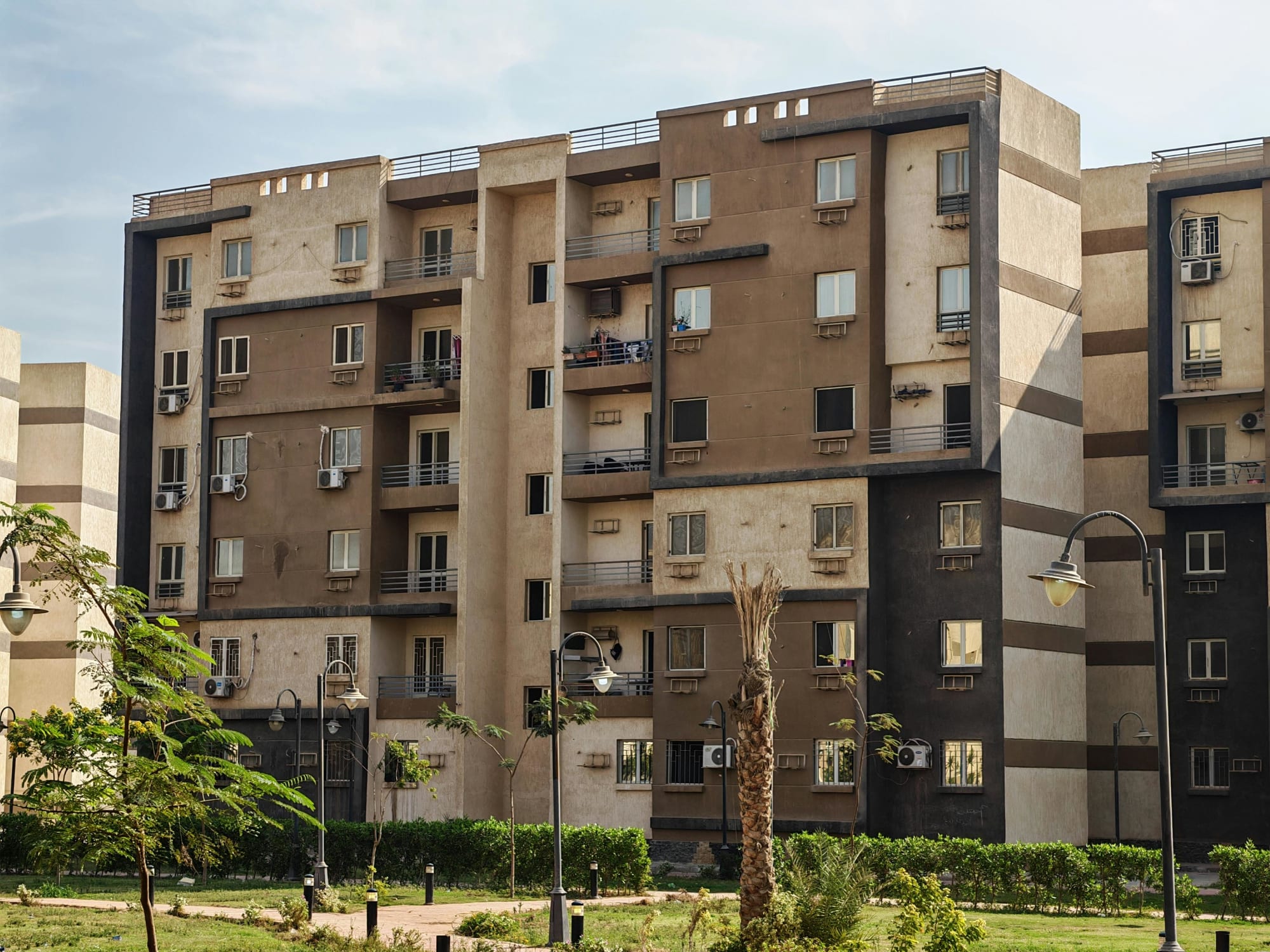Invest
Spate of properties could hit the market as government scheme expires
Investors have been advised to watch properties coming to the end of their term under the National Rental Affordability Scheme (NRAS) over the coming months, which may trigger a wave of selling.
Spate of properties could hit the market as government scheme expires
Investors have been advised to watch properties coming to the end of their term under the National Rental Affordability Scheme (NRAS) over the coming months, which may trigger a wave of selling.

Robert Muller, property expert and managing director of BIS Oxford Economics, told Nest Egg prospective investors would do well to watch how current landlords involved in the Rudd government’s NRAS proceed as their arrangements come to an end this year, with many predicted to sell over facing lower rental yields.
The NRAS kicked off in 2008, and aimed to increase the supply of new and affordable rental dwellings by providing an annual financial incentive for up to 10 years. This incentive is issued to housing providers, to provide affordable rentals at minimum 20 per cent below market rates.
Crystal ball
Mr Muller said the NRAS ending may offer insight to how Bill Shorten’s recently announced rental affordability scheme will play out, should Labor come to power in the May election.

“One of the dangers of these types of things is that the benefit is in place for a period of time, but what happens when it ends?” Mr Muller said.
“That will be interesting to see how that plays out, because the next 12 months will be the first year where people on the old NRAS will face that as an issue.
“If they’re not getting the benefit and they can’t get the rent increase, will they then just offload the property?”
Mr Muller said this is particularly likely, given that yield is expected to remain low at 2.5 per cent across Sydney and Melbourne over the next 12 to 18 months, and capital growth has been curbed by dwindling housing markets.
He said unless rents begin to rise, few investors are likely to be incentivised by Labor’s proposal, as the $8,500 a year subsidy will not offset the minimal rental yield gained off rents set at 20 per cent below the market in a low-yield environment.
“It’s hit the market in a period of negative sentiment towards residential – and in a market where the yields are terrible anyway,” Mr Muller said.
“Unless the markets fall back a fair bit more, the yields are still not going to be fantastic in 12 to 18 months’ time, and therefore yes, you’re getting this benefit, but you’re offering rent at 20 per cent below the market.
“It will become more of a benefit, I suspect, when rents start rising.”
Labor’s proposal
At the ALP’s national conference held in December last year, Bill Shorten used his speech to announce his plan to improve rental affordability for low and middle-income earners.
Under the 10-year plan, investors will be afforded a subsidy of $8,500 for 15 years should they commit to building new rental properties and keeping rent at 20 per cent below the market rate.
Several property experts have suggested the scheme is a close re-run of the Rudd government’s NRAS that provided a financial incentive for up to 10 years for investors that provide people on low to moderate incomes with rents at least 20 per cent below market value.

Property
Australia’s mortgage knife‑fight: investors, first‑home buyers and the new rules of lender competition
The mortgage market is staying hot even as rate relief remains elusive, with investors and first‑home buyers chasing scarce stock and lenders fighting for share on price, speed and digital experienceRead more

Property
Breaking Australia’s three‑property ceiling: the finance‑first playbook for scalable portfolios
Most Australian investors don’t stall at three properties because they run out of ambition — they run out of borrowing capacity. The ceiling is a finance constraint disguised as an asset problem. The ...Read more

Property
Gen Z's secret weapon: Why their homebuying spree could flip Australia's housing market
A surprising share of younger Australians are preparing to buy despite affordability headwinds. One in three Gen Z Australians intend to purchase within a few years and 32 per cent say escaping rent ...Read more

Property
Tasmania’s pet-positive pivot: What landlords, BTR operators and insurers need to do now
Tasmania will soon require landlords to allow pets unless they can prove a valid reason to refuse. This is more than a tenancy tweak; it is a structural signal that the balance of power in rental ...Read more

Property
NSW underquoting crackdown: the compliance reset creating both cost and competitive edge
NSW is moving to sharply increase penalties for misleading price guides, including fines linked to agent commissions and maximum penalties up to $110,000. Behind the headlines sits a more ...Read more

Property
ANZ’s mortgage growth, profit slump: why volume without margin won’t pay the dividends
ANZ lifted home-lending volumes, yet profits fell under the weight of regulatory and restructuring costs—an object lesson in the futility of growth that doesn’t convert to margin and productivityRead more

Property
Rate pause, busy summer: where smart capital wins in Australia’s property market
With the Reserve Bank holding rates steady, the summer selling season arrives with rare predictability. Liquidity will lift, serviceability stops getting worse, and sentiment stabilises. The ...Read more

Property
The 2026 Suburb Thesis: A case study in turning trend lists into investable strategy
A new crop of ‘suburbs to watch’ is hitting headlines, but translating shortlist hype into bottom-line results requires more than a map and a mood. This case study shows how a disciplined, data-led ...Read more

Property
Australia’s mortgage knife‑fight: investors, first‑home buyers and the new rules of lender competition
The mortgage market is staying hot even as rate relief remains elusive, with investors and first‑home buyers chasing scarce stock and lenders fighting for share on price, speed and digital experienceRead more

Property
Breaking Australia’s three‑property ceiling: the finance‑first playbook for scalable portfolios
Most Australian investors don’t stall at three properties because they run out of ambition — they run out of borrowing capacity. The ceiling is a finance constraint disguised as an asset problem. The ...Read more

Property
Gen Z's secret weapon: Why their homebuying spree could flip Australia's housing market
A surprising share of younger Australians are preparing to buy despite affordability headwinds. One in three Gen Z Australians intend to purchase within a few years and 32 per cent say escaping rent ...Read more

Property
Tasmania’s pet-positive pivot: What landlords, BTR operators and insurers need to do now
Tasmania will soon require landlords to allow pets unless they can prove a valid reason to refuse. This is more than a tenancy tweak; it is a structural signal that the balance of power in rental ...Read more

Property
NSW underquoting crackdown: the compliance reset creating both cost and competitive edge
NSW is moving to sharply increase penalties for misleading price guides, including fines linked to agent commissions and maximum penalties up to $110,000. Behind the headlines sits a more ...Read more

Property
ANZ’s mortgage growth, profit slump: why volume without margin won’t pay the dividends
ANZ lifted home-lending volumes, yet profits fell under the weight of regulatory and restructuring costs—an object lesson in the futility of growth that doesn’t convert to margin and productivityRead more

Property
Rate pause, busy summer: where smart capital wins in Australia’s property market
With the Reserve Bank holding rates steady, the summer selling season arrives with rare predictability. Liquidity will lift, serviceability stops getting worse, and sentiment stabilises. The ...Read more

Property
The 2026 Suburb Thesis: A case study in turning trend lists into investable strategy
A new crop of ‘suburbs to watch’ is hitting headlines, but translating shortlist hype into bottom-line results requires more than a map and a mood. This case study shows how a disciplined, data-led ...Read more








